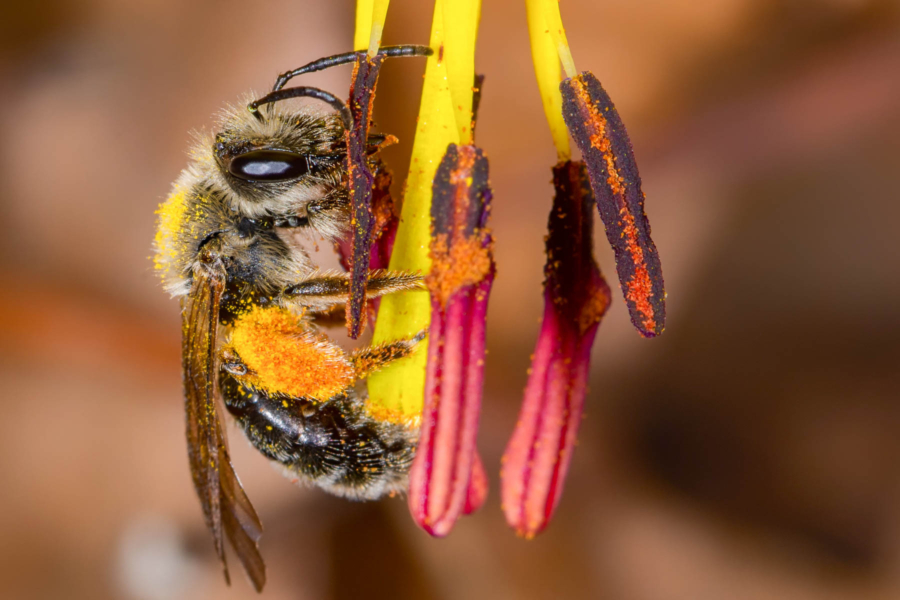A unique native flower you can plant to help a rare native bee
The yellow trout lily is a native spring ephemeral that is the only source of food for the trout lily bee

The Chesapeake region is host to many different species of spring ephemerals, but one in particular has the unique job of sustaining an entire species of bees. The trout lily bee is a mining bee native to much of the northeastern United States that collects pollen and nectar from the trout lily flower, hence its name. While the bee does occasionally feed from other spring ephemerals such as the Virginia spring beauty, the trout lily flower is its main source of sustenance and their lifespan coincides with the blooming season of the flower.
Male trout lily bees will emerge from their nests underground right before the flowers begin to bloom in order to find a female mate. The trout lily blooms from March to May, before new tree leaves grow and block out the sun. Once the flowers have bloomed, female bees will emerge from their underground nests and mate, often near the flowering plants. Shortly after mating, the male bee will die, but the female will go on to collect pollen from the trout lily and lay her eggs along with the collected pollen in a nest she has built underground. The larva will feed from the pollen until it hatches within a few days.
Because trout lily bees are a mining species, they do not have a queen bee or a colony to serve, and they live to reproduce and pollinate the trout lily flower. The end of the blooming season goes hand-in-hand with the lifespan of the bees with most adults only living 2-6 weeks. While the flower appears to also have a short lifespan with only being visible above ground for about a month out of each year, the plants live for a very long time. Some colonies have lived for over 200 years in the Chesapeake region!
The trout lily flower is an excellent native option for gardens that can replace non-native choices such as daffodils or crocuses. Once planted, trout lilies take minimal care as they are content with their natural habitat and rain. All you have to do is sit back and watch your beautiful flowers attract the rare trout lily bee.
To learn more about the trout lily flower and the trout lily bee, visit our field guide.

Comments
There are no comments.
Thank you!
Your comment has been received. Before it can be published, the comment will be reviewed by our team to ensure it adheres with our rules of engagement.
Back to recent stories